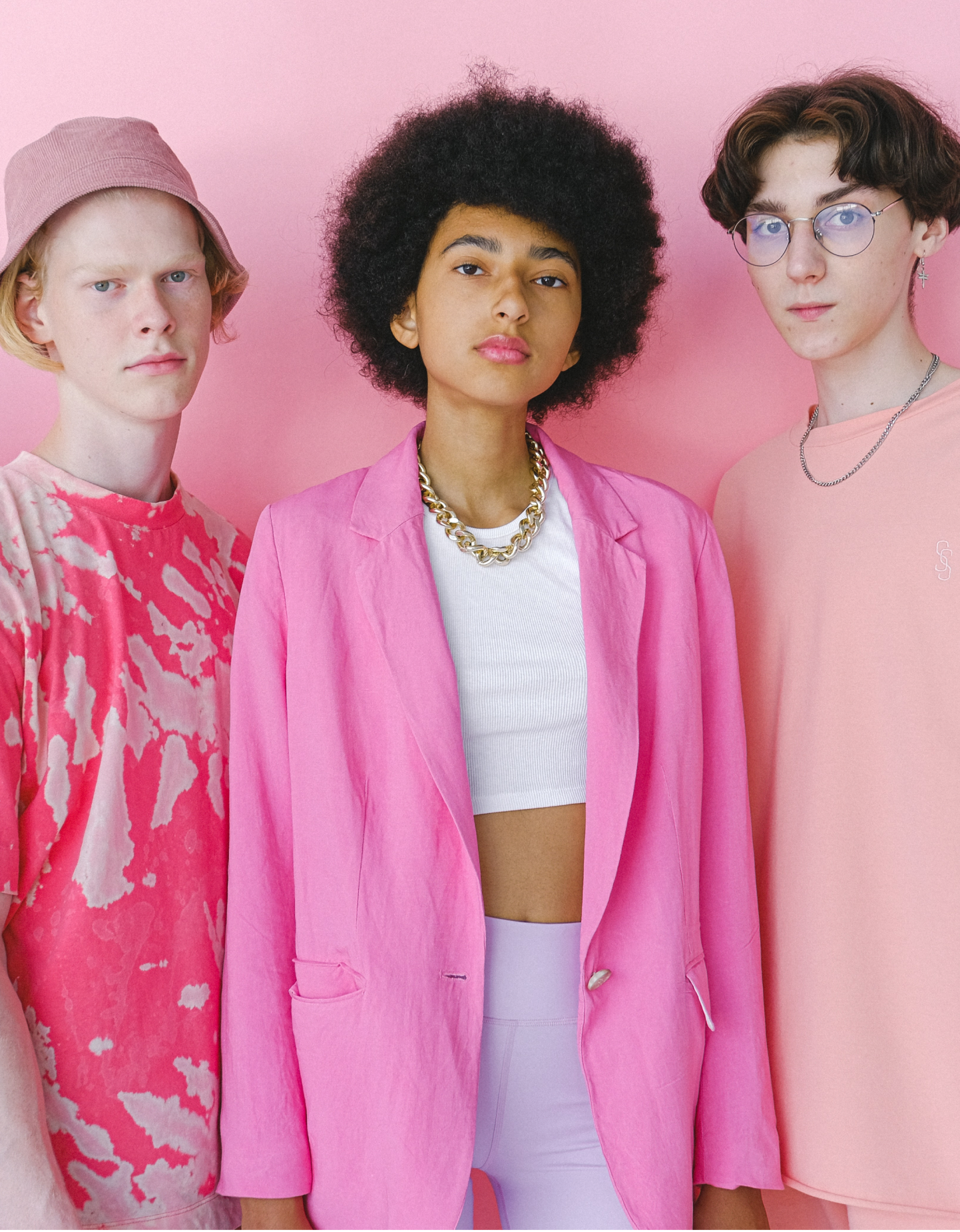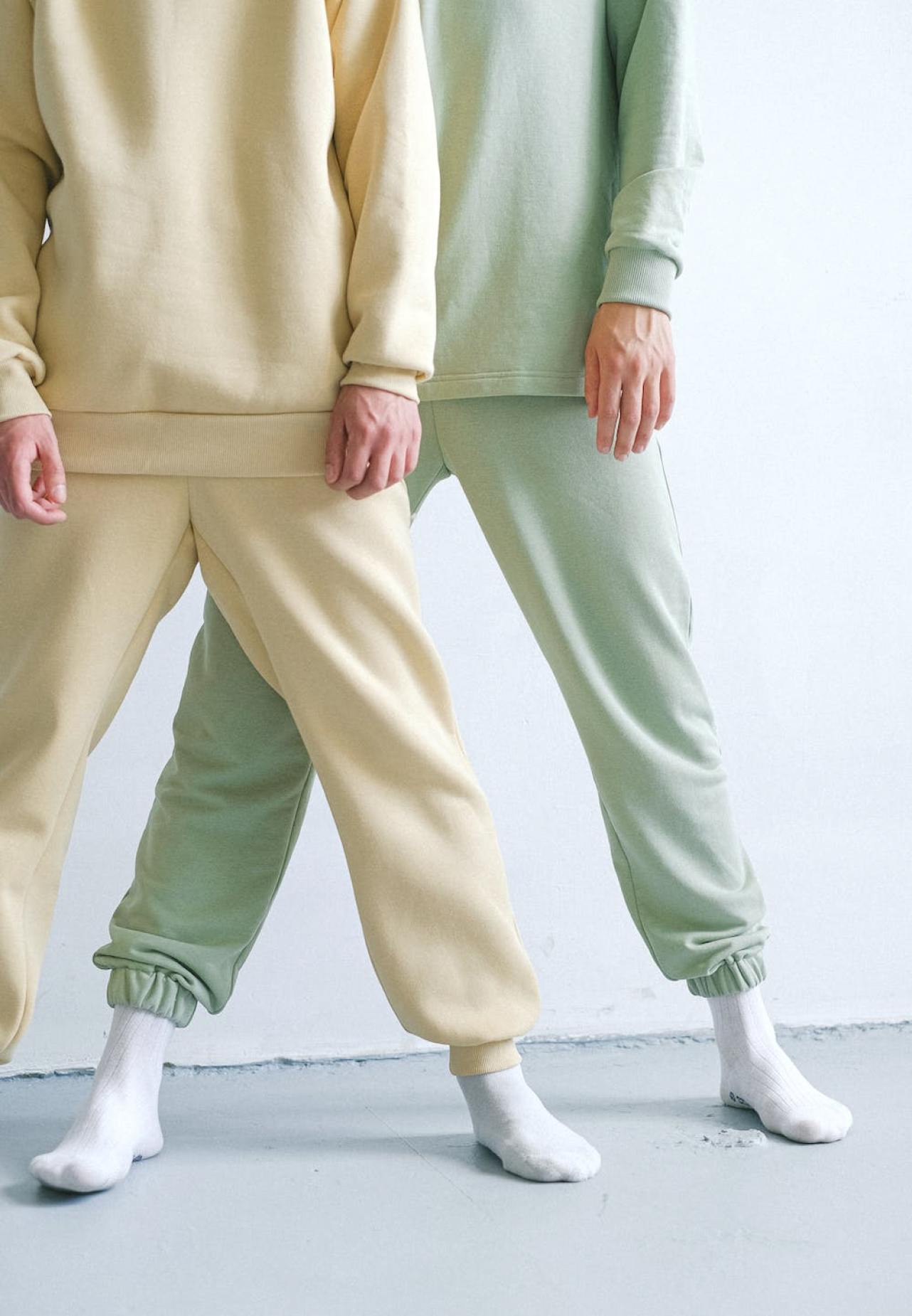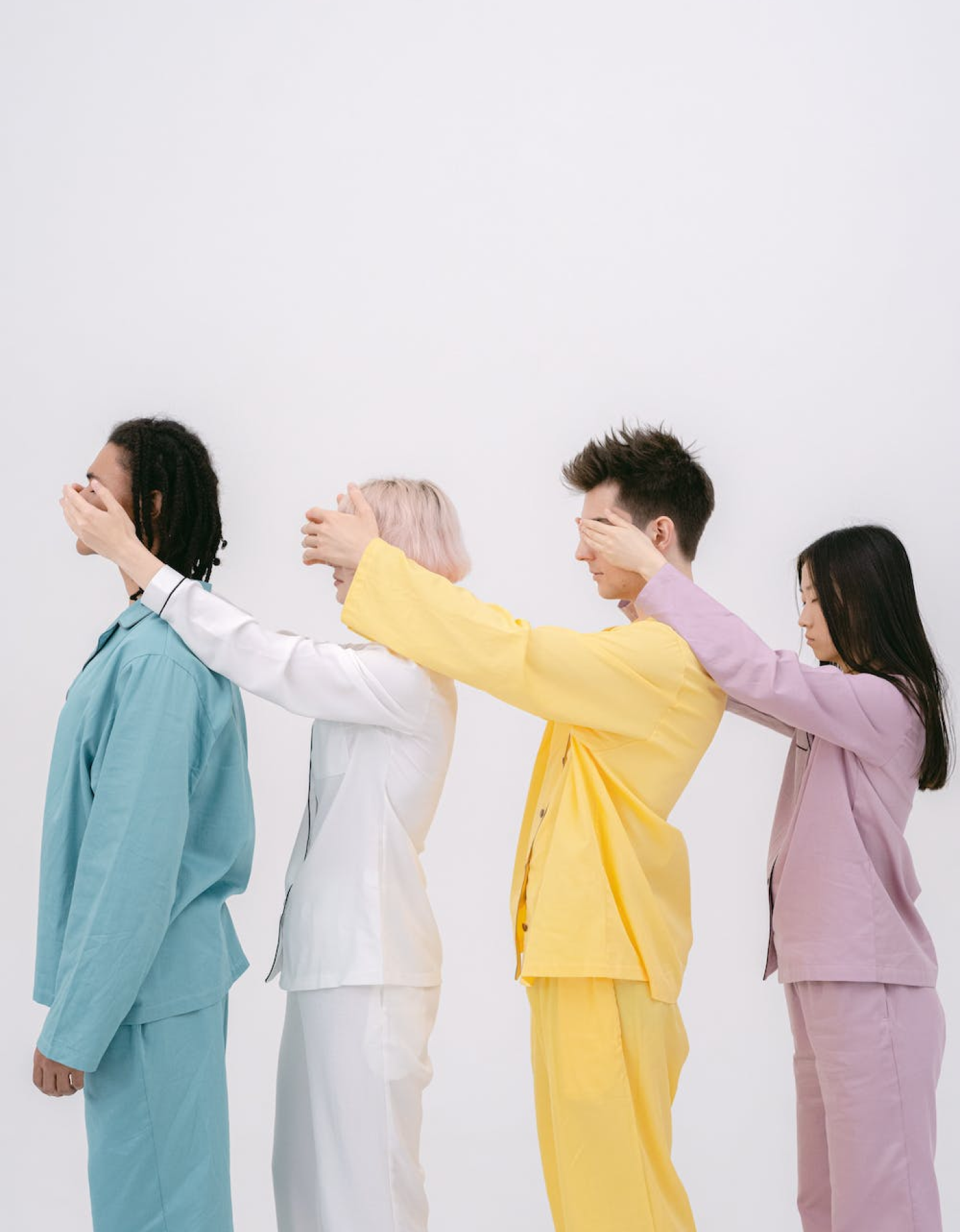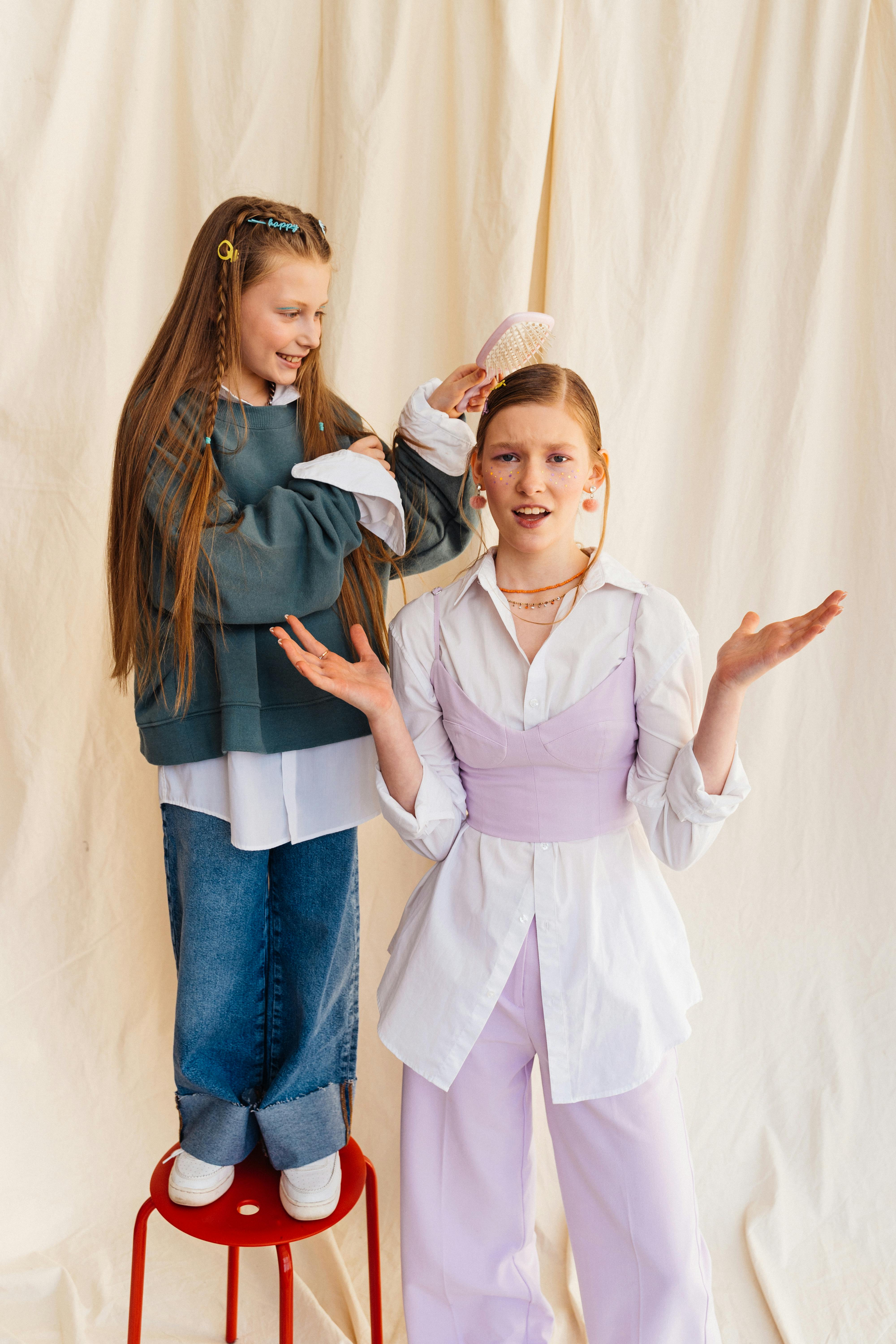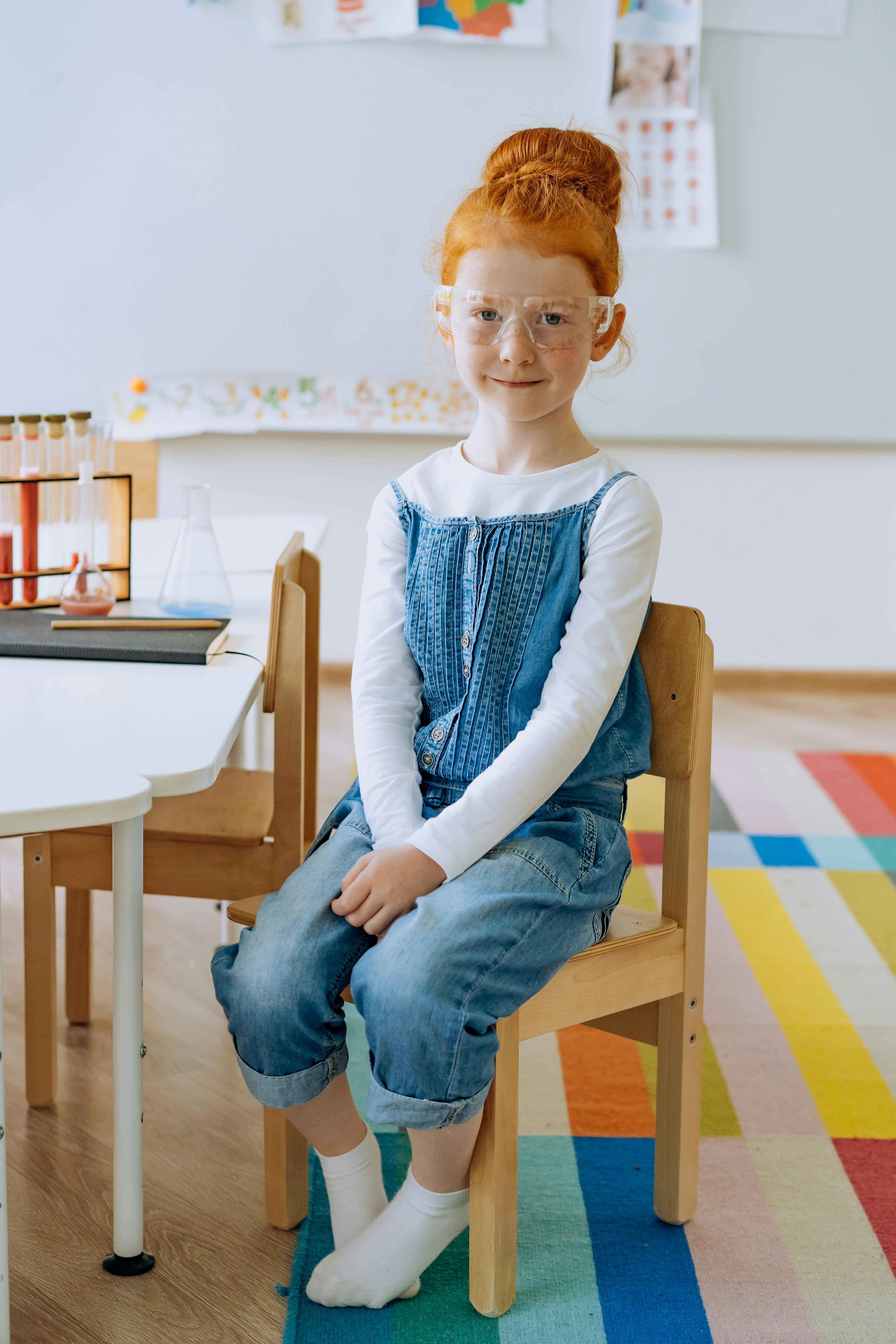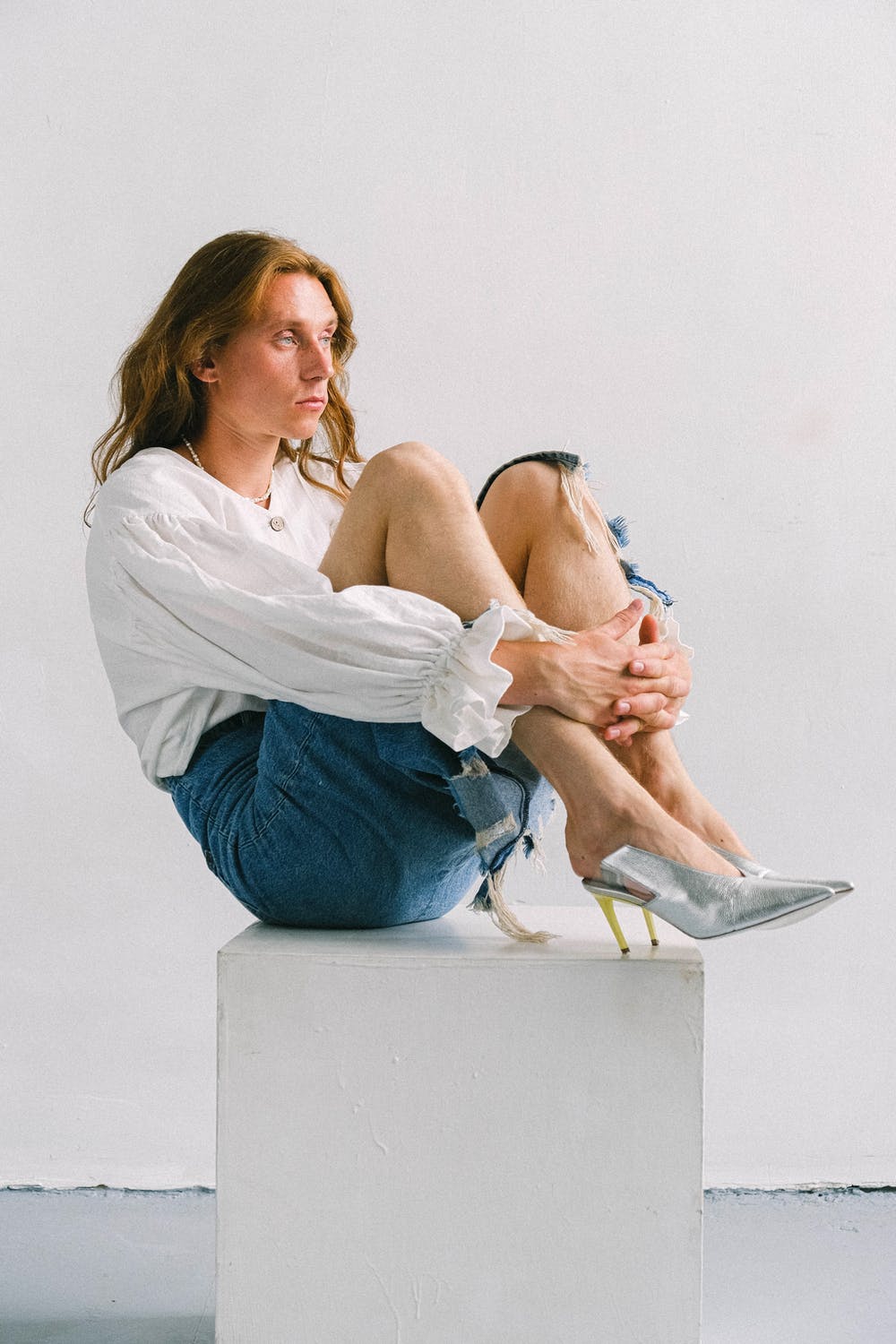Not every fashion trend is worth paying attention to. Indeed, most are fleeting moments that generate little momentum before fizzling out, making room for the next batch. Some, however, are genuinely interesting, and have the potential to change the way we dress forever.
Take Marlon Brando, who, throughout the 1950s, defied the suit generation and popularised the T-shirt and jeans look, which continues to dominate wardrobes today. Then there was Mary Quant and the miniskirt in the ‘60s, helping to liberate many women from the confines of hemlines.
But, these may pale in comparison to a current movement in fashion: the decision by some brands to reduce dedicated ‘male’ and ‘female’ collections, and make unisex clothing. Clothes that aren’t defined by gender; clothes that don’t chase a predetermined demographic, but rather aim to be worn by just people. Inclusive clothing for a divided world, then? Or just another marketing fad conceived to sell more units?
What is Unisex Fashion?
Quite simply, unisex clothes are garments that are designed without a specific gender in mind. Throughout time, society has dictated that men should dress in one way and women in another – it often starts in school, trousers and blue are for boys, skirts and pink for girls – but unisex fashion does away with all this.
For some, it represents more than just clothing. Tanmay Saxena, founder of London-based unisex label LaneFortyfive believes “it’s already very hard to break the metaphorical walls and create equality in the times we live in. I feel unisex clothing is a small but effective way to roll out a line of conversation towards a broader dialogue about equality”.
Stephen Doig, men’s style editor at The Telegraph agrees: “It’s a natural progression in a world where, thankfully, there’s more acceptance of gender fluidity”.
Current affairs editor at leading LGBT website PinkNews, Nick Duffy goes further, stating that unisex fashion is setting a new standard for the industry. “Unisex clothes are absolutely becoming the new normal in high street fashion. We’re seeing more and more major brands acknowledge that clothes do not have a gender – whether that’s launching specific unisex ranges, or removing gender-specific signage in-store and simply letting their products speak for themselves. This is really what fashion should be about, free from judgement and based on individual self-expression.”
How Unisex Fashion entered the mainstream
Unisex clothing is not a new concept, although it’s one that has only recently made it to the high street. Haute couture brands went first, of course, and more recently department stores and fast fashion chains have dabbled, realising that many of their consumers don’t want to be defined by the label on their clothes, or the section of the store in which they shop.
In 2015 Selfridges launched its ‘Agender’ initiative, merging its menswear and womenswear sections as well as displaying unisex pieces from over 40 brands. A year later Zara put out its ‘Ungendered’ line – a selection of jeans, hoodies and shirts – and in 2017 H&M released ‘Denim United’, a collection of workwear staples designed for all. Shortly after, John Lewis removed the gender labels from all of its kids’ clothing, in a move that drew plenty of praise (and some criticism, although Piers Morgan shouldn’t count).
Alongside this high street action was high fashion, and certain celebrities who helped to drive unisex clothing to the fore. Gucci creative director Alessandro Michele has had a significant impact since introducing pussy bows and lace shirts in his first menswear shows of 2015 and only using svelte, androgynous models to wear his ungendered clothing. Michele transformed Gucci, and the rest of the luxury fashion set followed.
More recently, at his first ever Celine 2018 menswear show, Hedi Slimane announced in the accompanying press release that “the entire wardrobe worn by the male models is unisex, and therefore will also be available for women.” Numerous other designers have been showcasing both menswear and womenswear together in recent seasons too, highlighted again this year by big hitters Burberry and Balenciaga.
The celebrity effect
The list of public figures adopting unisex fashion is also increasing. Jaden Smith famously wore a skirt in Louis Vuitton’s SS16 women’s campaign, and has since incorporated traditionally feminine clothing into his personal style. In the world of hip-hop, an overtly masculine genre, American rapper Young Thug wore a floor-length purple dress on the cover of his Jeffrey mixtape in 2016 and Kanye West became known for a while for wearing skirts and oversized T-shirts.
More female actors than ever are choosing suits on the red carpet over gowns too – Rachel Wood out-dressed mostly everyone at the 2017 Golden Globes. Today’s stars aren’t the first to do it though. There was Prince during the ’80s, Kurt Cobain who wore a dress on the cover of The Face in 1993, and of course, David Bowie.
“It’s hard to underestimate the impact David Bowie had on fashion”, says menswear historian and author Josh Sims. “He broke free of the then still powerful norms of gendered dressing – make-up, hair colouring, androgyny; he broke the mould. This, remember, was an era of the three day week, strikes, of rampant nationalism, racism, sexism. It was a pretty grim, dark period. Bowie’s dress sense was like switching on a lightbulb.”
Many of the current unisex collections available on the high street aren’t as glamorous as a Ziggy Stardust stage outfit. Rather, they’re often made up of versatile staples: sweatshirts, straight leg trousers, boxy T-shirts and oversized outerwear. While the high street won’t be truly progressive until it offers skirts, dresses and traditionally feminine silhouettes as part of their unisex collections, this can be seen as a step forward.
Read the full blog at FashionBeans

